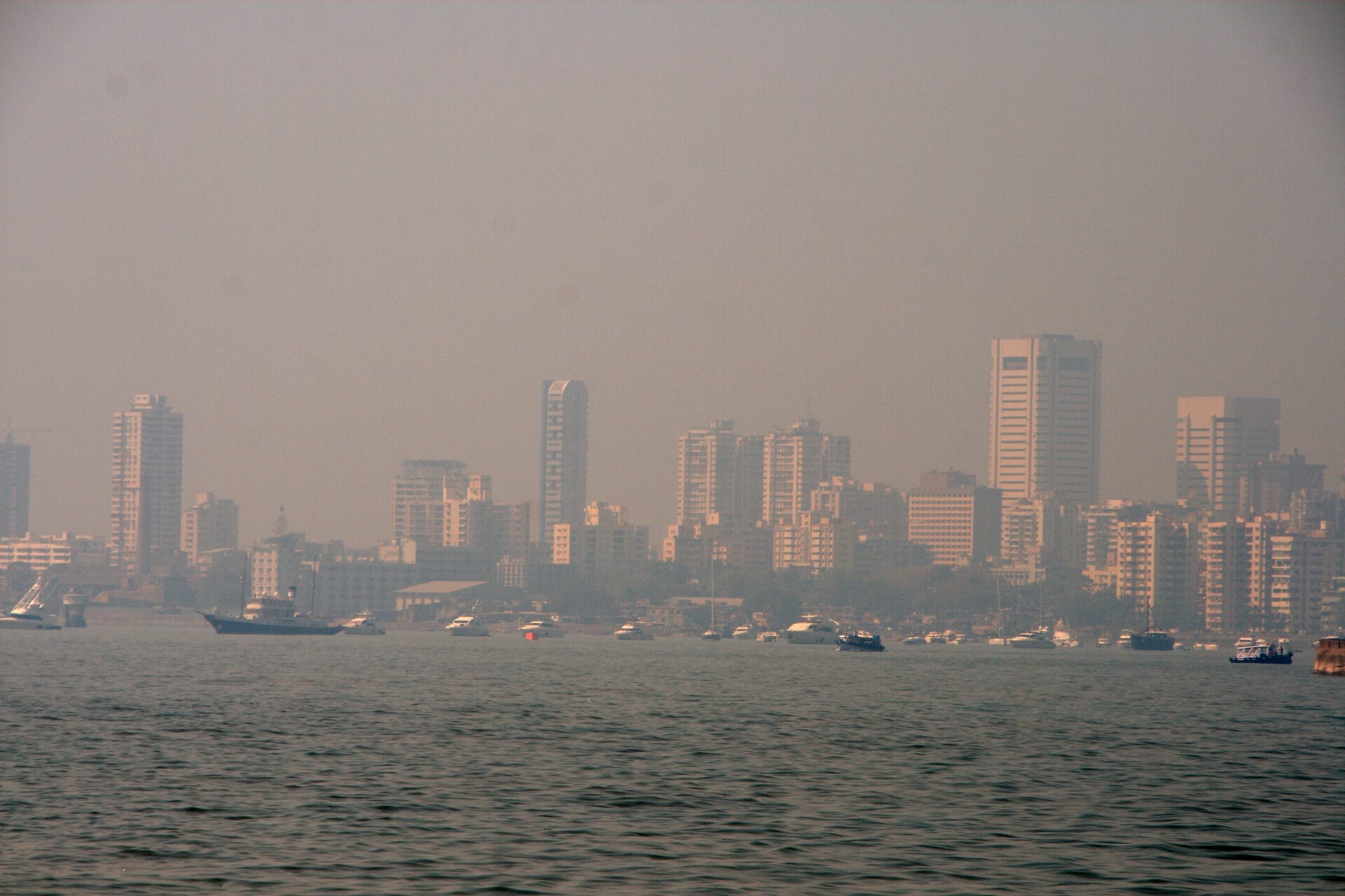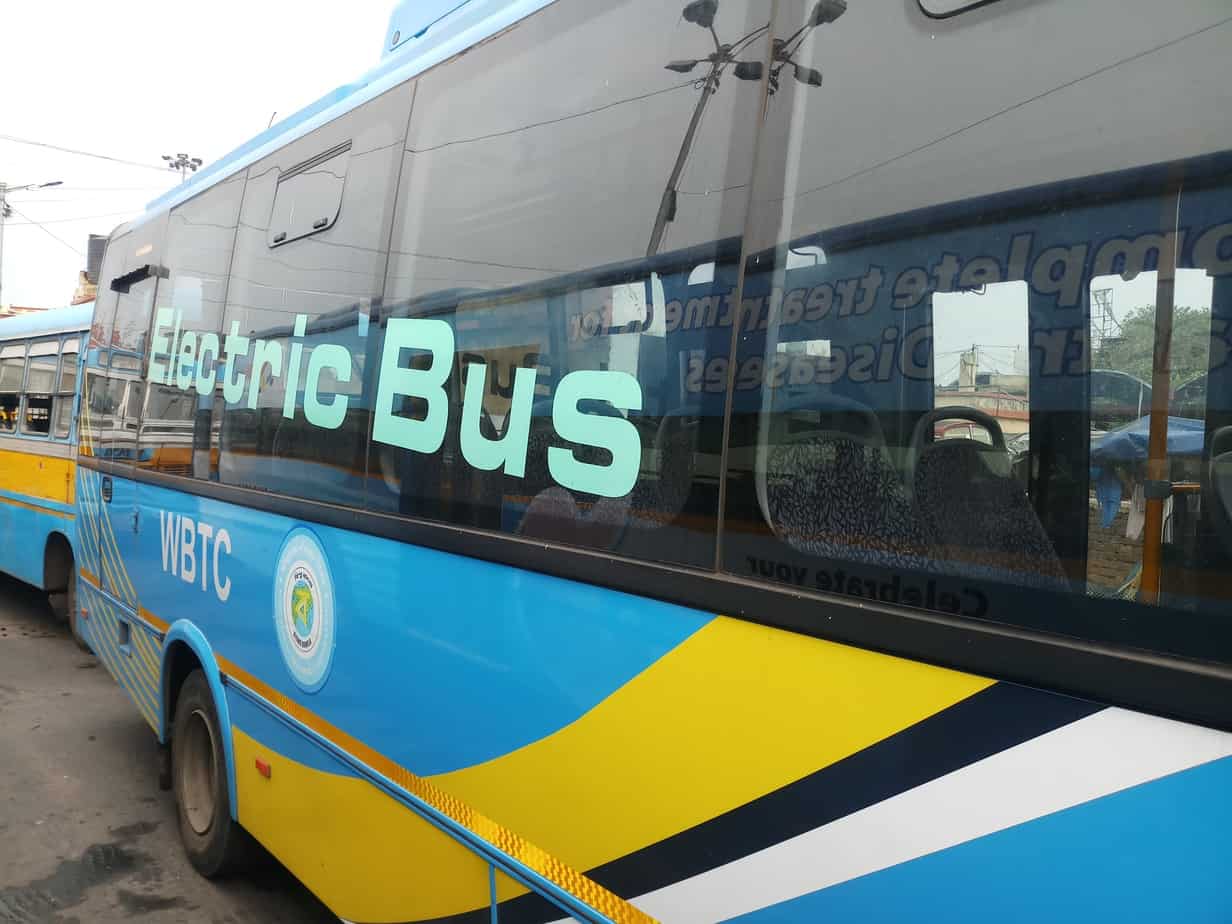October 2023 was a shocker for Mumbai. The coastal city has historically recorded lower AQI levels as compared to Delhi, which is notorious for its poor air quality. But the tables turned in October 2023, with AQI in Mumbai reaching dangerously high levels of up to 300, surpassing Delhi for several days. This led to a slew of respiratory ailments, more so among the vulnerable populations.
PM2.5 levels have, in fact, seen a consistent increase in Mumbai over the past three years. Dr Jui Mandke, a paediatric surgeon practising in Mumbai, says, “In October 2023, we encountered the maximum number of community-acquired pneumonia. Many progressed to empyema that is pus formation in the chest, which had to be treated surgically by VATS decortication. We don’t have to do this often in children, but in October 2023, we did a large number of cases of VATS decortication.”
Reasons for poor AQI
Experts ascribe this sharp rise in pollutants to construction activities of infrastructure projects such as the metro, as well as redevelopment projects. Western suburbs like Malad, Vile Parle, Andheri, Santacruz, Khar and Bandra are witnessing a boom in redevelopment with a corresponding effect on the AQI, with levels going up to 400, categorised as severe.
Ronak Sutaria, Founder and CEO of Respirer Living Sciences, refers to reports on emissions source apportionment for Mumbai, which show that nearly 75% to 80% of coarse particulate matter pollution is from dust from paved and unpaved roads, and about 8% from construction sites. He adds that some amount of regulation has been tried at construction sites — 6,000 construction sites have been asked to monitor their dust pollution, but since this initiative is relatively new, it will take time for the effect to be seen.
According to Sree Kumar Kumaraswamy, Program Director, Clean Air Action, Sustainable Cities & Transport, WRI India, Mumbai has taken several critical steps towards implementing measures to mitigate air pollution.
Sree Kumar says via an email, “Air pollution is a transboundary issue, requiring airshed-level governance for effective management. Multi-sectoral transformative action is needed to reduce the emissions from air pollution sources like construction, transport, industry, road dust and open waste burning, with incentives and strict enforcement by the city as well as state and national authorities.”
The steadily worsening pollution in Mumbai has also led to questions around the efficacy and implementation of the National Clean Air Programme (NCAP), launched in 2019 by the Ministry of Environment, Forest and Climate Change (MoEFCC).

What is NCAP?
The NCAP was launched with the intention of reducing atmospheric particulate matter (PM) by 20-30% by 2024. This figure has been revised to meet 40% by 2026.
As far back as 1984, the Central Pollution Control Board had initiated a National Ambient Air Quality Monitoring Programme (NAAQM) with seven monitoring stations. Later the programme was renamed as the National Air Quality Monitoring Programme (NAMP). The number of monitoring stations was increased to 804 in 2019. Till now ₹10422.73 crores have been released for its implementation.
Read more: Citizens seek judicial intervention for rising air pollution in Mumbai
The NAMP aims to identify non-attainment cities (NAC), marked as such if they do not meet the NAAQS standards for particulate matter, which is 10 microns or less, or for the levels of nitrogen dioxide consistently for a period of five years. 131 non-attainment cities across 24 states have been identified. Maharashtra has the maximum number of NACs at 19, closely followed by Uttar Pradesh at 17. Mumbai, Navi Mumbai, Ulhasnagar and Thane are on this list.
Read more: Will 2022 bridge the yawning gaps in national and state level clean air action?
As envisaged by the plan, in Mumbai too, Continuous Ambient Air Quality Monitoring Stations (CAAQMS) are the means by which pollutants are tracked and the AQI calculated. There are a total of 30 CAAQMs operating in the city. Clicking on the name of the station gives the AQI for that region on the CPCB website.
According to experts, however, 30 CAAQMs stations currently monitoring AQI levels are nowhere close to enough with the requirement being double the number. When I tried to look up the AQI at different stations in Mumbai, I could not get past one, (Chakla – Satisfactory with AQI-75), as the results were not displayed due to a network error.
Earlier this year, a report titled ‘Five Years of the National Clean Air Programme‘ by Climate Trends and Respirer Living Sciences also drew attention to the central funds disbursal under the programme and their use in non attainment cities. In the five years between 2019 and 2023, the union government disbursed over ₹ 9649.99 crores to the non-attainment cities through the NCAP programme and the Fifteenth Finance Commission.
Urban local bodies are the implementing agencies for NCAP, and they are responsible for spending the funds disbursed to them for clean air action plans. The report says some cities have spent more than the others. For instance, Thane has spent ₹41.49 crore, despite not receiving any funds from the programme. Ulhasnagar, Navi Mumbai are also among cities that have spent more money to clean up their air than has been allotted. Data from the report shows that the Greater Mumbai region has utilised 72.48% of the funds disbursed.
Read more: Mumbai’s air pollution: Smog chal raha hai
NCAP report card from Mumbai Votes
To help voters make an informed choice, mumbaivotes.com has also brought out a promises vs performance report card for the incumbent government. One of the promises analysed under the Informed Voter Project is related to air pollution and the implementation of the NCAP.
The report card underlines that one of the promises made by the NCAP was to reduce the level of pollution in each of the mission cities by at least 35% over the next five years through concerted action. It also sought to convert the National Clean Air Plan into a Mission.
According to the analysis, a 35% reduction in air pollution levels is visible in Sivasagar, Ahmedabad, Rajkot, Nalagarh, Sundernagar, Latur, Dimapur, Kohima, Amritsar, Trichy, Tuticorin, Agra, Kanpur, Lucknow, Varanasi, Bareilly, Ferozabad, Moradabad, Dehradun. This translates to an improvement in 19/131 cities, which is a 14% success rate according to mumbaivotes.com.
The assessment also points out that since the funding for NCAP is channelised through other missions, it has not really been converted into a mission. Missions usually receive their own allocation under the Union budget.
Ronak points out that different sets of actions are required for PM2.5 and PM 10. He says, “Initially NCAP was about PM2.5 and then subsequently I think they changed it to PM10 targets.” He also adds that pollution mitigation policies take anywhere between five to ten years to show effect, and in Mumbai, steps under NCAP have started to be taken in a more structured way only in the past year or so.
Moreover, according to Ronak, many of the figures not captured in government reports are related to waste burning, an issue with no easy solutions. Global studies have shown, that the burning of solid waste results in a considerable amount of PM2.5. Vehicular and industrial emissions are the other two sources. Better tracking of repeat offenders of pollution and specific studies dedicated to PM2.5 are required to be undertaken under NCAP to make Mumbai a healthier city.
Having said that, it is also important to note and push for other urgent measures that can mitigate pollution in Mumbai.
Vivek Gilani of mumbaivotes.com believes that one of the prime reasons behind deterioration of air quality in Mumbai is the dominance of cars on Mumbai streets, particularly the SUV which occupies a disproportionate amount of space and energy. On the other hand, these vehicles benefit a small population of the city while being a huge contributor to air pollution.
He says, “The SUV has to really be curbed and greatly disincentivised, and maybe even banned in some places. I would actually argue for SUV-free zones, just like you have truck-free zones. There are certain roads where trucks are not allowed. I would say that the largest cars have to be banned from certain areas, specially where vulnerable people live.”
Electric buses: A possible solution to rising air pollution
One of the solutions most stressed upon is the introduction of electric buses, a process which has already begun in Mumbai. Delhi has shown the way with a total of 1650 buses running on Delhi streets. Pamela Cheema, a part of two NGOs, NAGAR and AGNI, believes, “We must have a lot more surface transport like buses. In my opinion, for a huge megapolis like Bombay you need a lot of buses and they should be electric buses.”

Currently 18% of BEST’s fleet is electric, at 537 buses with plans to further electrify half its fleet by next year. Kaustubh Gosavi, Consultant, Electric Mobility, WRI India, believes that Mumbai’s vision of plying 10,000 electric buses by 2027 will have a significant environmental impact.
In an email, Kaustubh writes, “This initiative is projected to save nearly 2.75 million metric tonnes of CO2 equivalent emissions from vehicle tailpipes and conserve over 525 million litres of diesel from bus operations.” He explains that electric buses, unlike internal combustion engine (ICE) vehicles, emit zero tailpipe emissions, thus eliminating the release of harmful pollutants and greenhouse gases (GHGs) such as nitrogen oxides (NOx) and carbon dioxide (CO2).
Electrification of buses is a laudable step, but may not be enough. A multidisciplinary, multifaceted approach is needed. Citizens could be nudged to adopt electric vehicles by providing subsidies and tax benefits. Most importantly, a good charging infrastructure is a must if Mumbai is to transition to electric transport.
Vivek also cautions against looking at electric vehicles as a magical solution. He explains that one of the major contributors of PM2.5 which is the most dangerous kind of particulate matter as it gains entry into the lungs, is the friction of rubber tyres of vehicles with roads.
Robust public and intermediate transport
Residents of Mumbai can truly make optimum use of public transport if last-mile connectivity is assured. People travelling by metro and railways are further required to depend on auto rickshaws or taxis to reach their destination.
Vidhi Jadhav, a domestic worker ends up walking for two to two and a half hours every day to reach from her house to the places where she works. When she visits family in Virar and Thane, she goes by train but has to further rely on rickshaws or walk to reach her destination. A ‘share’ rickshaw costs her ₹20 per person. She says she does not mind the walking as she is used to it but believes senior citizens and children find this lack of last-mile connectivity difficult, opting for personal vehicles when they can afford it.
Arranging shuttle bus services from railway and metro stations will go a long way in reducing air pollution. Moreover, increasing the fleet of intermediate transport like rickshaws and taxis and transitioning them to electric vehicles is a step toward decreasing commuter woes in a green way.
The other measures Kaustubh suggests are electrification of last-mile urban delivery services, looking at implementing low emission zones (LEZs) in pollution-prone areas, encouraging non-motorised modes of transport like walking and cycling, adopting carpooling and ride-sharing and enforcing stricter vehicle emission standards to ensure compliance with pollution norms.